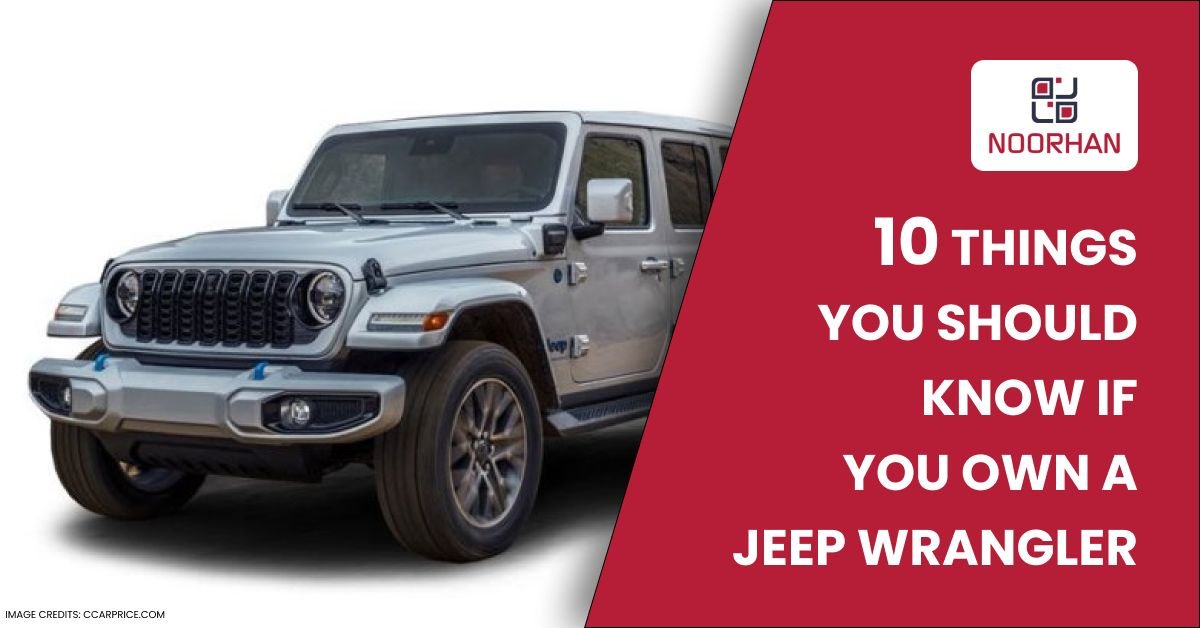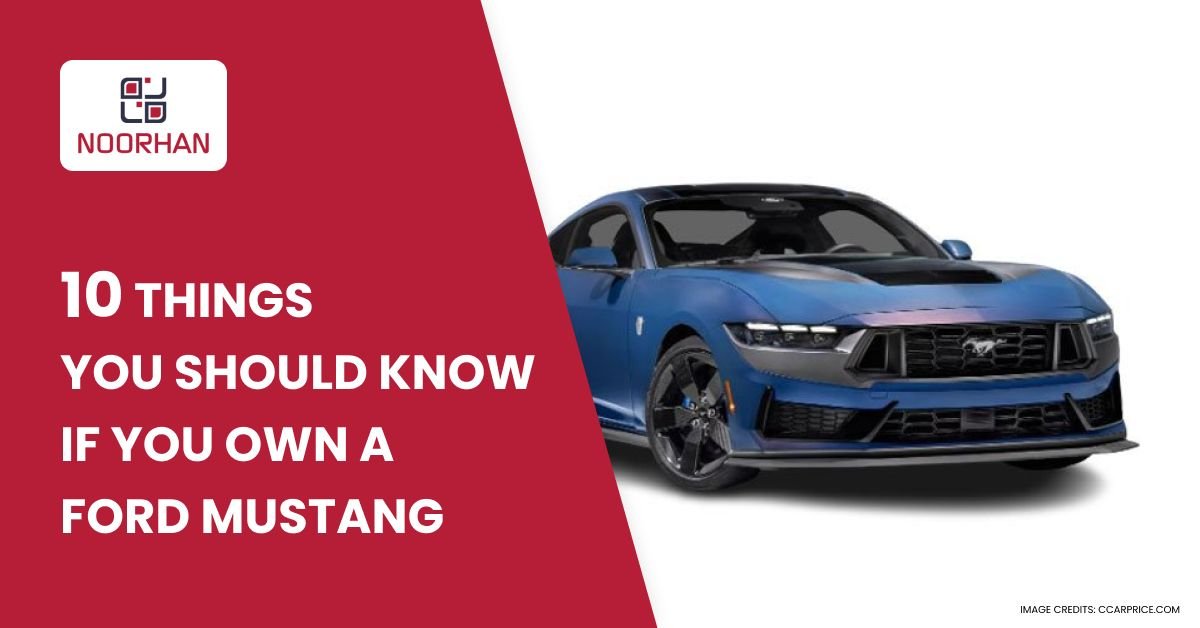Difference between AWD and 4WD
The auto business is quite smart, and the confusion between AWD and 4WD is the best example. People would often casually mix the two up to make their point. Of course, AWD and 4WD are based on something other than the idea that all four wheels of an automobile are driven. And it doesn’t help that both technologies have greatly improved in recent years, making up for many of their old flaws.
Yet that is the only similarity between them. The gap between AWD and 4WD is still big enough to affect your judgment on buying one. Therefore, with any more delay, let’s speak about the pros and cons of both all-wheel drive and 4-wheel drive.
AWD (All-Wheel Drive):
All-Wheel-Drive is widespread in SUVs, minivans, and certain smaller cars like sedans. It’s great for driving in slippery situations, such as slush from melted snow, mud on a mountain route, or other wet conditions while off-roading.
Because of improvements in AWD technology, certain automobiles can now send power to all four wheels simultaneously and change how much energy each wheel gets based on how the road is. All-wheel Drive sends power to one set of wheels in the front or back. When it senses that the ground is wet or slippery, it also sends power to the other set.
AWD drivers drive on multiple occasions a week, frequently in severe weather when their tires could slip.
4WD (Four-Wheel Drive):
AWD is a good choice for drivers who occasionally have to drive in slick weather, while 4WD cars are made for extreme off-roading. AWD is utilized for road conditions like ice or snow that aren’t too bad, while 4WD is used for ones that are.
Most people don’t require a Four-Wheel-Drive system because it is more advanced than they need. For all you explorers, 4WD is great for crossing deep water, climbing steep slopes with loose soil, and driving over big rocks. Four-Wheel-Drive cars have low and high gears and differentials that are utilized based on road conditions.
There are two different kinds of 4WD. Full-time 4WD is when a car can transition automatically between Two-Wheel-Drive (2WD) and Four-Wheel-Drive (4WD). Part-time 4WD, on the other hand, means that the driver can switch between the two settings.
Drivers can normally choose between Front-Wheel Drive (FWD) and Rear-Wheel Drive (RWD) when they switch to 2WD. (RWD). The front axles of an FWD car are made with constant-velocity joints. With the help of bearings, these innovative joints allow the front axles to move at different angles. In RWD cars, the engine controls a driveshaft that sends a rotational force to the rear axle. This gives the vehicle extra torque. RWD is used on most trucks and buses, like semis and tow trucks.
How do you know whether you need 4WD or AWD?
Since 4WD and AWD are identical, many pros and cons are the same. For example, both are better at keeping control and staying stable. Your car can still go with two or three wheels if one or two lose grip. 4WD and AWD have good traction in adverse weather.
Both 4WD and AWD offer very good grip in adverse weather. Remember that only vehicles with 4WD can switch between 2WD and 4WD, which makes it easier to drive and keep up on dry roads. If you reside in a snowy or rainy area, either is OK.
Both 4WD and AWD have a lot of good things about them, but they also have some bad things, such as making the car heavier. Most vehicles with AWD or 4WD weigh several hundred pounds more than normal cars, which makes them less fuel-efficient and slows them down.
Both cost more money to buy and keep. The extra weight of these vehicles also means that they require more gas and cost more to fill up. Because 4WD and AWD are upgrades from 2WD, the car costs extra. If you do a lot of heavy-duty off-roading, buy a 4WD.
Overall, it’s advisable to buy a 4WD vehicle if you want to do a lot of heavy-duty off-roading. AWD will work just as well if not.
If you live in a warm, dry place where it doesn’t snow or rain often, think about 2WD to save money and petrol and make your car faster.
What is All-Wheel Drive (AWD), and what are its pros and cons?
Some benefits of all-wheel Drive are:
An AWD system is fully automatic, so the driver can’t choose which wheels get more power. The AWD system sends power to all four wheels and can change how much energy each wheel receives to ensure that the best traction is always available.
Adding to the first argument, AWD vehicles have great handling because they can change the torque going to each wheel. This is also why many sports cars have all-wheel Drive.
AWD automobiles are comfortable and easy to drive on many surfaces, including wet/slushy, snowy roads and modest off-roading.
There are many different kinds of AWD cars, such as crossovers, sedans, and SUVs.
All-wheel Drive has some drawbacks, such as:
The price of a car goes up a lot since an AWD system is a complicated network of mechanical and electronic pieces.
Even though an AWD system can handle different surfaces well, it is not good for off-roading because the driver has no control over it.
Since all four wheels always move in an AWD car, it uses more gas.
What are the pros and cons of 4-Wheel Drive (often called 4WD)?
Four-wheel Drive has several pros:
The driver controls a 4WD system through a button or lever. This means that the driver determines whether to use 4WD.
A 4WD system is quite strong and makes it easy for a car to handle tough off-road conditions. A 4WD car can handle damaged roads. This is why most full-size SUVs have 4WD.
In contrast to what most people think, current 4WD systems are highly polished and drive like cars.
Disadvantages of 4-wheel Drive:
A 4WD car has a harsher ride than a 2WD car, which might make passengers less comfortable.
The original cost of an automobile goes up when it has a 4WD system, and long-term maintenance costs are also greater.
When turned on, a 4WD system makes the car use more gas.
Conclusion
Technology has made the difference between AWD and 4WD much smaller than it used to be. For example, improvements in chassis stiffness and suspension innovation have made it much less likely that a 4WD car will have a bumpy and stiff ride. In the same way, AWD automobiles are getting better at going off-road. This is because sophisticated sensors let a car keep a grip on most surfaces.
Where can you buy Best Auto Spare Parts in Dubai?
Auto Spare Parts are available at different suppliers and dealers of auto spare parts in Dubai. Noorhan is amongst the leading brands that deal with genuine auto spare parts and aftermarket parts for different car brands, including BMW, Mercedes, Audi, Porsche, Honda, Toyota, Nissan, Mazda, Jeep, Ford, and other Japanese, European, American, Korean, luxury cars brand.
If you’re looking to replace your old Auto Spare Parts with high-quality aftermarket parts in Dubai, Noorhan can help you.



























































